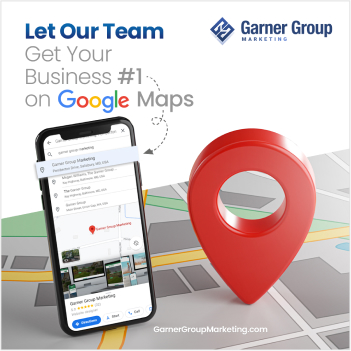The Importance of Alt Text in Local SEO
Alt text for images is an often overlooked area when people optimize websites for local SEO.
Alt text (or alternative text) is a brief description you add to images on your website. While it helps search engines understand what the image represents, it’s not just for them.
Alt text is also essential for people using screen readers, providing accessibility to visually impaired users. Additionally, alt text can play a key role in boosting your local SEO efforts.
How Is Alt Text Helpful for Local SEO?
Alt text is beneficial for SEO overall. Its importance shines even brighter when you’re targeting a specific local area. Search engines like Google use this text to properly index images. This contributes to your website’s overall ranking.
Including locally relevant keywords in your alt text is key. It provides search engines with valuable information about your location and services.
For example, if you run a custom home building business in Worcester County, MD, uploading a photo of a project with alt text like “beautiful custom-built home in Worcester County” tells Google the image is relevant to that area.
How to Write Effective Alt Text for Local SEO
Writing effective alt text is all about balance. You want to provide enough detail for search engines to correctly index the image, but avoid overloading the text with unnecessary keywords. Consider the below image and the difference between these two examples of alt text for it:
- “A man eats”
- “A man eating a sandwich”
- “A smiling man prepares to take a bite from a hero sandwich”
While the first two options are technically accurate, they’re vague and unhelpful. The third option provides a clearer, more vivid description, which helps both search engines and users.
Think of it this way: If someone had to draw a picture from each of these prompts, which would bear the strongest resemblance to the actual image? Certainly the third drawing.
How Long Should Alt Text Be?
The best practice for alt text length is one sentence of up to 150 characters. This gives you enough room to provide a clear description.
For example, “bright living room with custom fireplace in Salisbury, MD” is concise yet effective. It describes the image and incorporates relevant local keywords.
Accuracy is key. Alt text that’s too short might not communicate the essence of the image.
On the other hand, text that’s too long or stuffed with keywords can be counterproductive.
For example, alt text for the above image that reads “A bright living room in a middle-class home with sunlight streaming through large windows, a cozy sofa facing a simple stone fireplace, and modest decor, creating a warm, welcoming, and comfortable atmosphere” might be accurate, but it’s burdensome to read.
How Does Alt Text Help My Customers?
Alt text isn’t just a tool for search engines; it directly benefits your customers. For visitors who are visually impaired and use screen readers, alt text provides a verbal description of your images, ensuring accessibility. This aligns with effective SEO strategies that prioritize user experience.
Additionally, alt text can be helpful when an image doesn’t load. In this case, the alt text appears, allowing users to still understand the context of your content.
For example, if an image of your latest project doesn’t load, the alt text “stunning beachfront custom home in Ocean City, MD” still conveys the message.
Alt Text is Part of a Complete Local SEO Strategy
Alt text isn’t just an SEO checkbox. It’s a way to enhance your website’s visibility, usability, and overall user experience. By writing descriptive, accurate, and locally relevant alt text, you’re helping search engines and making your site more accessible to all users. Consider conducting a free SEO audit to ensure your alt text aligns with your local SEO goals.
Think of alt text as a powerful tool in your digital strategy. It helps boost your local search rankings while also making your content more inclusive. Whether you’re showcasing a custom home or a blog post, thoughtful alt text can give you an edge in a competitive online space.
So, take a look at your website’s images. Is your alt text supporting your SEO goals and providing a better experience for your visitors? If not, begin refining your alt text to improve your rankings and create a better experience for everyone visiting your site.







